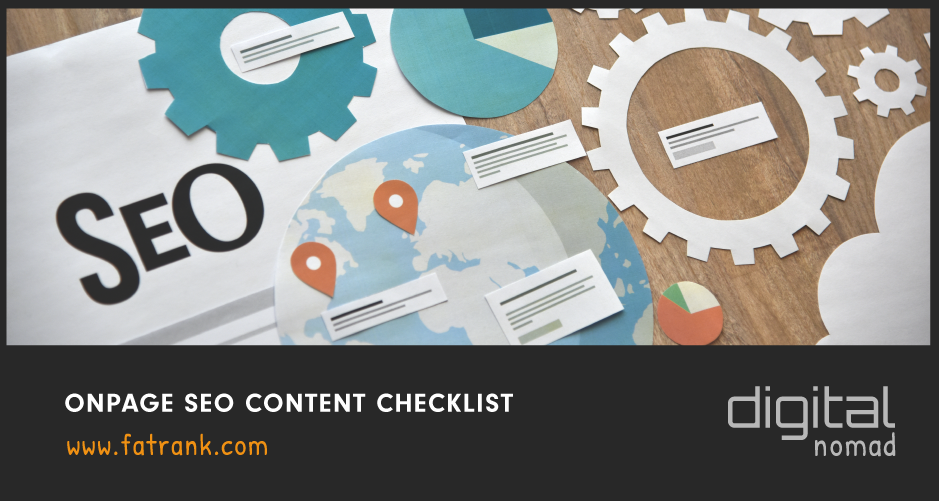
Onpage SEO Content Checklist
Naturally, as you start to grow your websites you outsource to content writers and need checklists put into place.
Are you suffering from scaling your content?
Or are you growing the content team but struggling to keep the quality high and structuring the on-page content correctly?
Contents
- Why You Need Standard Operating Procedures?
- Tips For Best SEO Content
- Meta Title
- Meta Description
- More on Meta Description
- First Sentence and Answer Paragraph Summary
- Build Dwell Time
- Keywords in Opening and Closing 100 Words
- Reference Your Resources
- Adding Google SERP Bolded Keywords
- Add Missing Entities
- Internal Linking
- Page Layout
- Content Readability
- Add Modifiers
- Sentiment Search Signals
- Update Content Regularly
- Personality Builds Trust
- Conclusion
- All Content Related Posts
Why You Need Standard Operating Procedures?
A standard operating procedure (SOP) is simply a document providing instructions on how a content writer should perform a routine or technical task followed by either a business or industry.
SOPs provide consistency and predictability in helping to ensure a quality outcome.
The content writers need to understand the checklists you want in place otherwise scaling your content plans will become a logistical nightmare.
Tips For Best SEO Content
We have many tips and tricks to make sure the content written for our blogs maintain a high level of quality.
Check out what we expect from our check to provide the best SEO content in July 2024.
Meta Title
The most important on-page SEO ranking factor. So get your focus key phrase for the page in the meta title tag.
The closer to the beginning of the title tag a key phrase is, the more helpful it will be for ranking and the more likely a user will be to click them in the search results.
Get your keywords at the start of the title tag and stop making excuses – as it gives more weight as the strongest on-page SEO metric.
Title Tag Bonus Tip
Most people become obsessed with choosing the focus keyphrase, on being the one with the highest search volume, for their title tag selection.
Not checking the competitiveness in the keywords or checking the buying intent behind the focus keyphrase.
Dive into Google Search Console and start to optimise your title tags for keywords that might have less search volume, but easier to take those position one rankings and have more buying intent in the search made.
Meta Description
I feel sorry for meta descriptions. Google has long held that meta descriptions do not impact search engine rankings.
But as we know the click-through rate is a big ranking factor then actually meta descriptions need to be focussed on enticing clicks.
Google makes broad use of direct Click-Through Rate (CTR) from the SERPs themselves. Whether or not a result gets clicked on is one of Google’s first clues about whether any given result is a good match to a query. We know Google has this data because they directly report it to us
So get creating meta descriptions that will improve your results to be clicked. I love these ideas on meta descriptions to write a killer meta description tag:
- Be Descriptive. The language in your meta description should introduce the user to what the page is about. If the user is going to the trouble of clicking on it, he or she wants to make sure that the page really is about what they are interested in.
- Be Persuasive. Great meta descriptions involve a touch of the persuasive. To get clicks, go ahead and tug a little bit. I recommend that you create a meta description that invites a response, even if it doesn’t directly call for it.
More on Meta Description
- Inspire Curiosity. One of the most persuasive things you can do with your meta is to spark curiosity. This is particularly true for informational queries (as opposed to transactional queries). By the time a user finishes reading your description, they should be curious about what the page will say about the topic. You need to provide just enough information to explain what the page is about but not so much that it ruins the curiosity factor.
- Make Them The Correct Length. If you write a meta description that is too long, Google will truncate it. The standard accepted length is 156 characters long. BUT a pro tip here is to truncate the meta descriptions yourself midway through a sentence that gives the reader FOMO on wanting to know what they are missing out on. My content team are trained to create meta descriptions approx 120 characters long and truncate it leaving that curiosity factor and make us humans get that FOMO feeling.
Here are some great tips on meta descriptions and the curiosity and FOMO techniques improve CTR which is a direct ranking factor. So, in turn, meta descriptions are actually a secondary on-page ranking factor for this reason.
First Sentence and Answer Paragraph Summary
The first sentence needs to create a connection with the reader mentioning the pages focus keyword along with a question they can relate with.
Then the answer paragraph summary needs to be in bold and sentences structured correctly to try and grab those featured snippets.
Check out the first couple of mins into this video below gives an example of the connection between your blog and the reader then the answer summary created in bold to attempt grabbing those knowledge graphs featured snippets.
What I love especially about the video is trying to connect with the reader in the opening sentence and then showing a summary snippet of what we feel is the best answer to what they might be looking for.
Build Dwell Time
Do you know what’s really amazing about human psychology?
It is that we always want answers to questions even if we have to wait a moment first. Do you know why?
It’s because our subconscious is programmed to find closure.
So starting your article with a personal touch and some questions is a great way to play on the readers human psychology as they want to know the answers before leaving your page. By doing this improves build your dwell time.
Check out Matt Woodwards hacks to increase your copywriting skills here which has some amazing tricks to integrate into your on-page SEO processes.
I love the tip of the open-loop where throughout your content you keep the reader wanting to achieve closure.
Keywords in Opening and Closing 100 Words
When looking to rank for your focus keywords get them in the opening 100 words and also the closing paragraph.
Sprinkle the keywords and various synonyms throughout the article.
But it is important to open and close the blogs with your target focus keyphrase.
A little tip a few SEOs say work nicely is in the closing sentence to get your focus keyphrase in it and hyperlink this to link it to itself. So the focus keyphrase is the anchor text and links to the same page you are physically on.
Reference Your Resources
Did you know that an external link going out to high authority sites can boost your SEO?
Go further than surface-level research. Instead of a cursory Google search, try Google Scholar, JSTOR, or industry publications to find new data and studies.
When search engines crawl your site, see a link and follow it to a relevant resource they weigh it as a positive. The trick is to find organic ways to link to these sites and making sure the links are supporting your topic and very relevant.
By adding these authority outbound links to your website, you will show search engines that your website can be related to these high authority sites.
Adding Google SERP Bolded Keywords
Google bolds words in the search engine result page when you carry out a specific search.
These bolded keywords highlighted in Google SERP are important queries to add to your content.
We train all our content writers to google every question and h2 on a web page to include the most important bolded keywords from the SERP.
Add Missing Entities
It’s so crazy the more you delve into google on how the algorithms work.
Changing words into word vectors and trying to work out the MATH of the algorithms to rank higher in Google Search.
Using tools like On-Page.ai and Page Optimizer Pro gives you the missing entities you should be using to improve the topic of the page.
Other tools like Text Optimizer and Surfer SEO are voted as the best on-page SEO optimisation tools in July 2024.
Internal Linking
Internal linking is links that go from one page on a domain to a different page on the same domain.
These type of links are useful for three reasons:
- They allow users to navigate a website
- Establish information hierarchy for the given website
- They help spread page rank (ranking power) around websites
When you create topical clusters you want to internal link these pages to all relevant pages within your cluster.
As you create the topical nodes from internal links the silo structure boosts the sites rankings as passes expertise, authority, and trustworthiness from internal linking the relevant articles together.
Page Layout
The page layout is key to giving the reader a nice readability journey down through your content. Here is our checklist:
- Bullets points when creating lists
- Utilise numbered lists when explaining how-to guides
- Utilise HTML tables if trying to show comparison data
- Add media to the page to break up content with images and videos
- Header Distribution is a big one, so if you removed all main body content could your headers alone, explain the topic of the page in its entirety
- Main content structure, so if you removed all the headers could your main body content, explain the topic of the page in its entirety skim reading it
- Short precise sentences easily to read
- Small paragraphs before being split up with necessary headings
The page layout is important from a design and user experience ranking factor.
Content Readability
When your audience clicks your link, every single element on the page needs to make them want to stay and read more.
It signals, “Hey, this page is relevant to the search query! The user has found the information they were looking for!”
To be readable, your content needs to convey all types of information in an understandable way.
Check out the best ways to improve content readability.
Add Modifiers
Go through the content and add in modifiers like (month year), best, cheap, (year) and LSI keywords.
A great tip for this is signing into your google search console and looking at what the page is showing impressions for.
You will find a whole host of secondary keywords to add to the content.
Sentiment Search Signals
Even though it is an emerging science, the idea of search engines paying attention to the mood, emotions and attitudes of web content can’t be ignored.
Am I really saying sentiment is part of the on-page SEO ranking factors? I love this explanation here:
If I get to a page about a motorcycle part, and I am like, “God, not only is this well written, it’s kind of funny. It’s humorous. It includes some anecdotes. It’s got some history of this part. It has great photos. Man, I don’t care at all about motorcycle parts, and, yet, this is just a darn good page. What a great page. If I were interested, I’d be tweeting about this, I’d share it. I’d send it to my uncle who buys motorcycles. I would love this page.” That’s what you have to optimize for. It is a totally different thing than optimizing for Did I use the keyword at least three times? Did I put it in the title tag? Is it included in there? Is the rest of the content relevant to the keywords?
This is where the personality behind who the author is writing the blog post is important because if they are someone the reader can connect with on a personal basis it helps address the topic.
You must make the content on the page feel as if a funny warm-blooded human being wrote it. In other words, it must show it was written by a likeable person, and not a machine.
Try to get yourself in the mindset of the reader and connect with their thoughts on what they want to read and learn from the article.
Update Content Regularly
We know that search engines like fresh content. And we know that pushing out fresh content on a daily basis builds traffic to your blog.
But don’t forget about the fresh content on a single old page created. That in itself is a signal to search engines that you’ve updated a page, and quite possibly will continue to update the page, so they’ll visit more often.
And the more they visit, the more trust you get and, hopefully, the higher rankings to go along with that. If you don’t update often, the spiders will extend the time between visits.
Map out a strategy to update them on a regular basis. You should try to update these pages at least a few times a month. As the spiders recrawling your pages on a regular basis builds more trust and gets all the page crawled in full because it takes a dozen crawls to fully render a page so get those spiders returning. (when you update the page then carry out a fetch and render to the url and try to give it a share on twitter to get them crawled as many times as possible).
Personality Builds Trust
The amount of content created online nowadays is crazy. Are you standing out from the crowd?
There are too many affiliate sites with one focus and that is earning from their affiliate links. But would building trust accelerate this?
Building a personality your reader can connect with builds trust and is known to enhance conversion.
Relate to the readers desired outcome, then talk about their current situation and then show how your products or services can help them bridge the gap from the current position to the desired outcome.
Conclusion
Using these on-page optimization tactics will give your current tactics a boost and help you gain better rankings in the search engines.
So, give them a try. They are actually pretty easy to implement.
The on-page SEO techniques can be done continuously and progressive optimisation is a must in modern-day online marketing.
All Content Related Posts
Check out the in-depth list of content posts.
- Absolute Links vs Relative Links

- AI Content Detection

- AI Copywriting Software
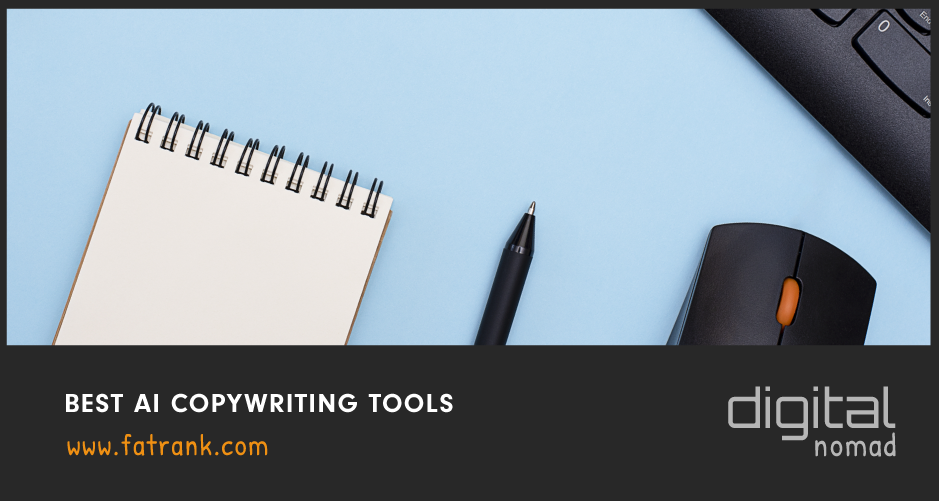
- Artificial Intelligence For Content Writing

- Autoblogging AI Review

- Bolded Keywords in Google SERP
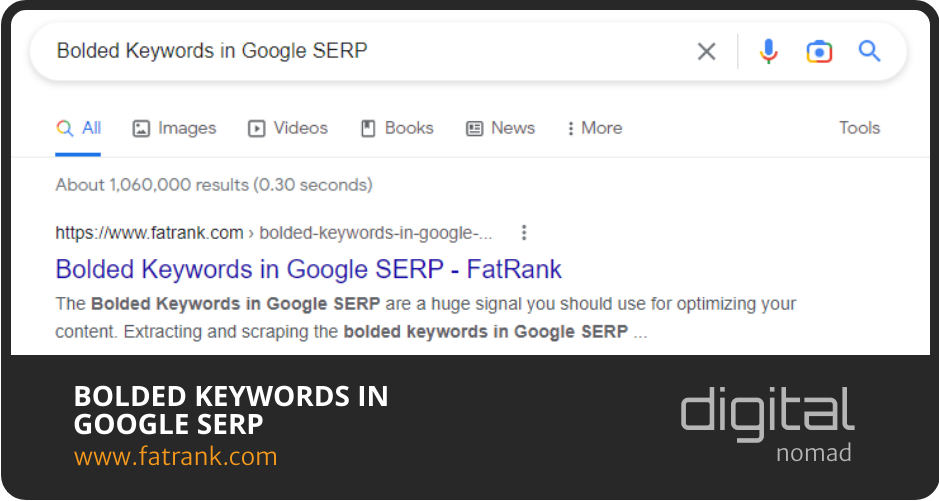
- Content Briefs

- Content Cannibalisation Google Penalty

- Content Decay
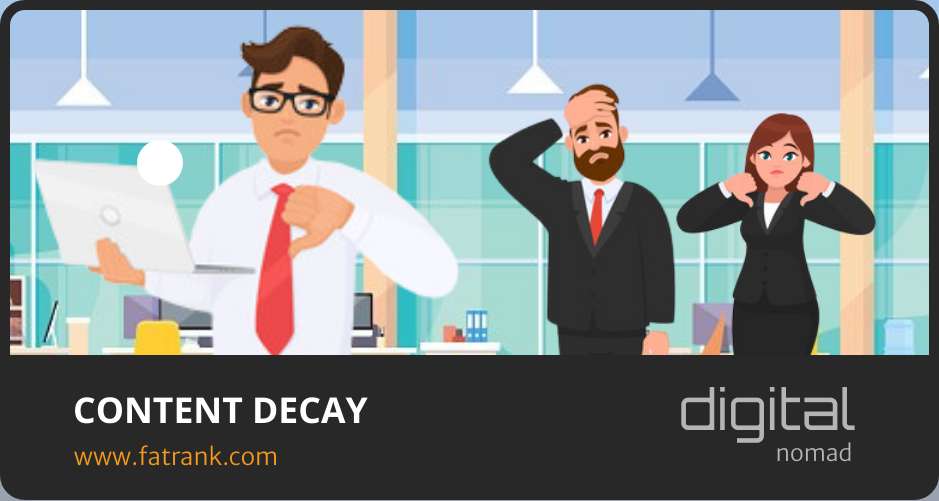
- Content Doctor
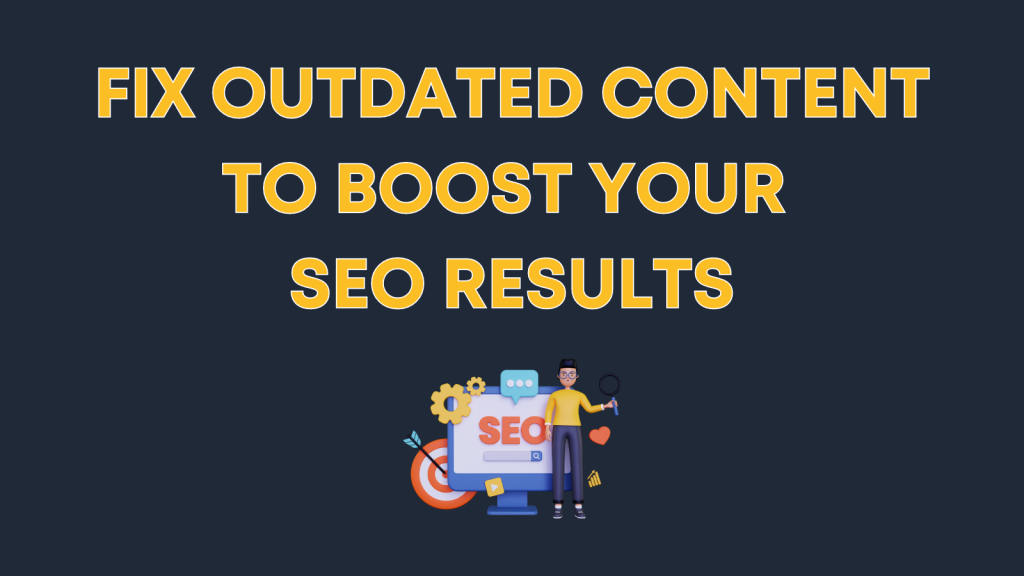
- Content Expansion

- Content Harmony Review
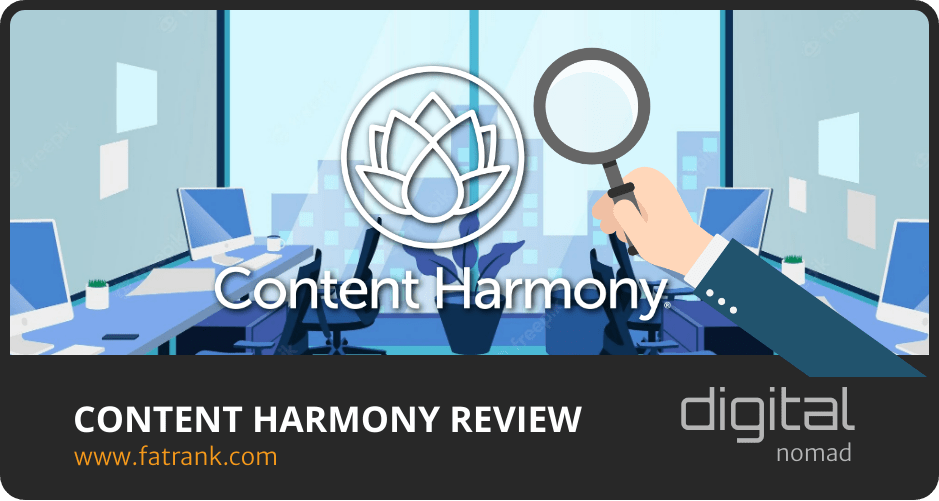
- Content Plan Roadmap

- Content Strategist

- Content Team

- Dashword Review
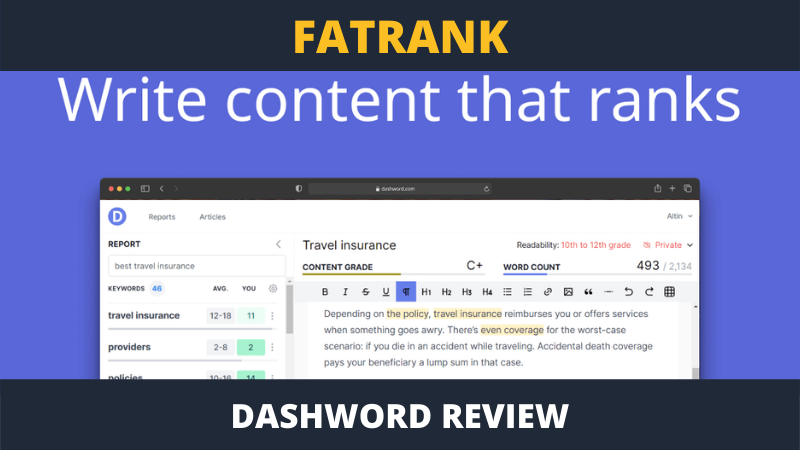
- Featured Snippets
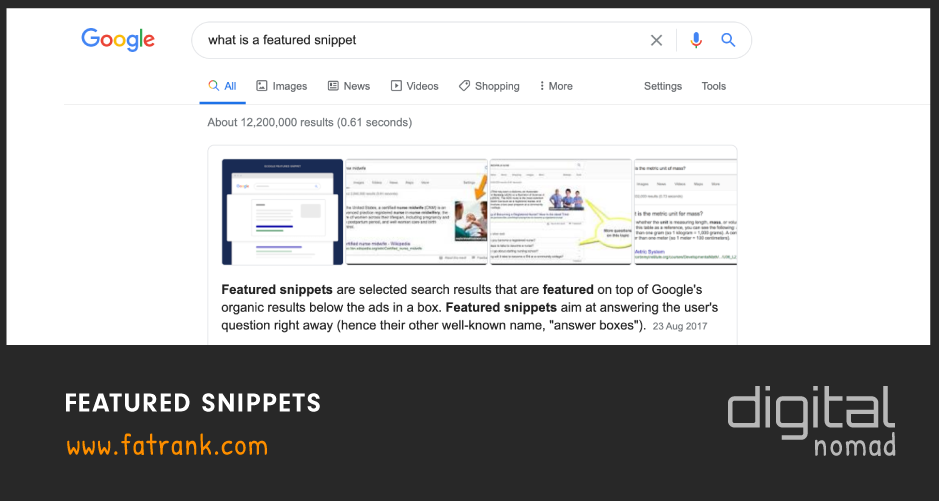
- Focus Keyphrase
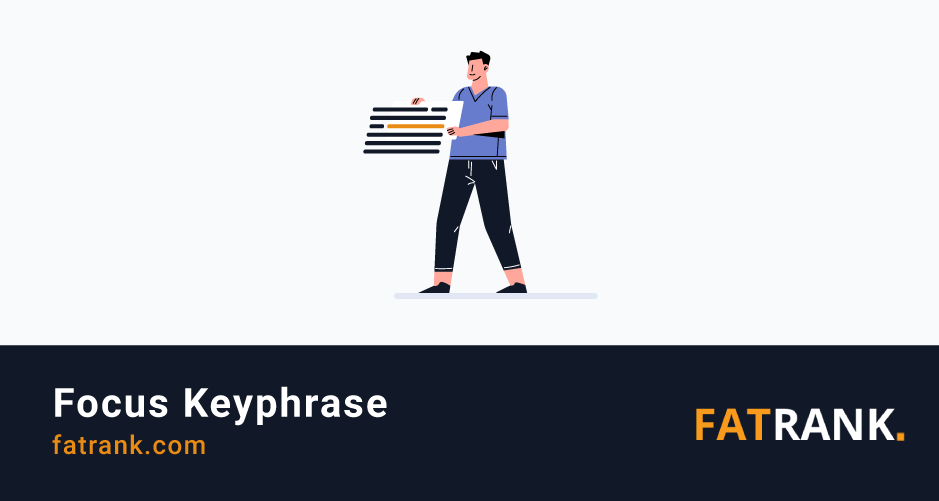
- Google Duplicate Content Penalty
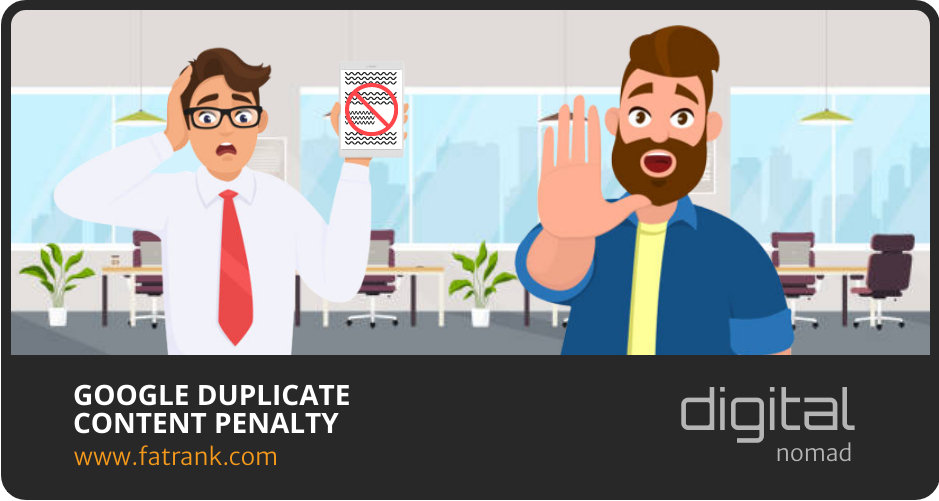
- Google Fresh Content Ranking Factor
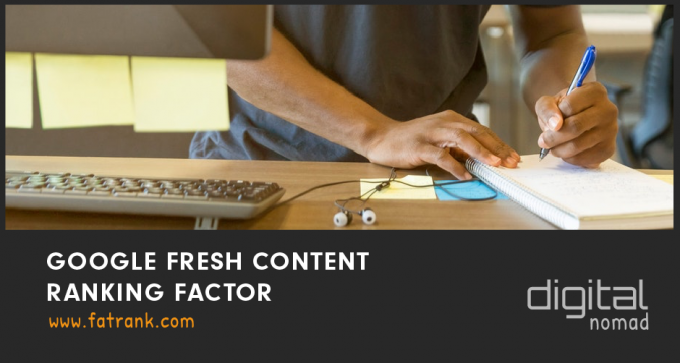
- How To Create A Topical Map
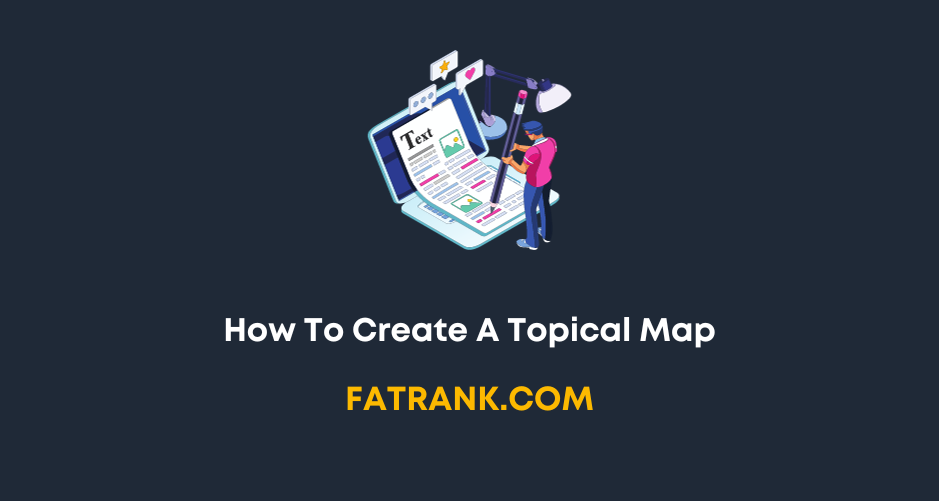
- Identify The Root, Rare, and Unique Attributes Of An Entity

- Jasper.ai Free Trial
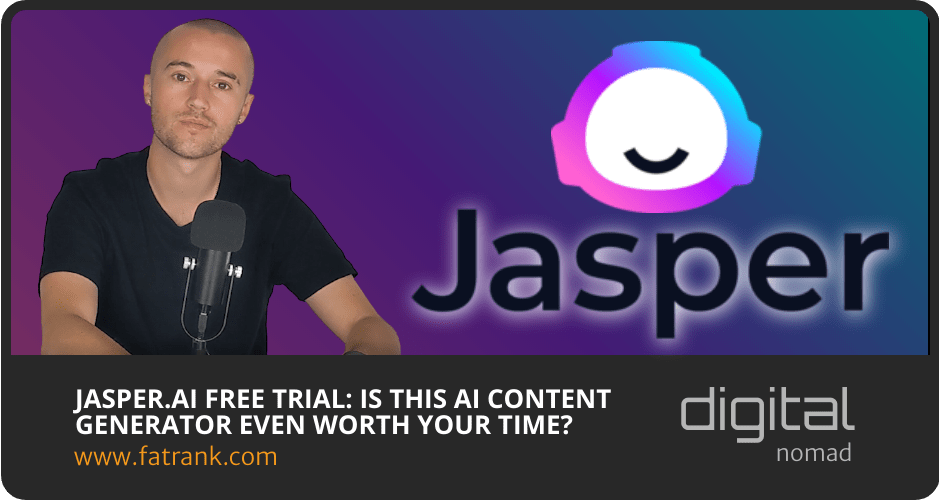
- Onboarding Writers

- One Page For One Corpus

- Ordering Content SOP

- Page Optimizer Pro
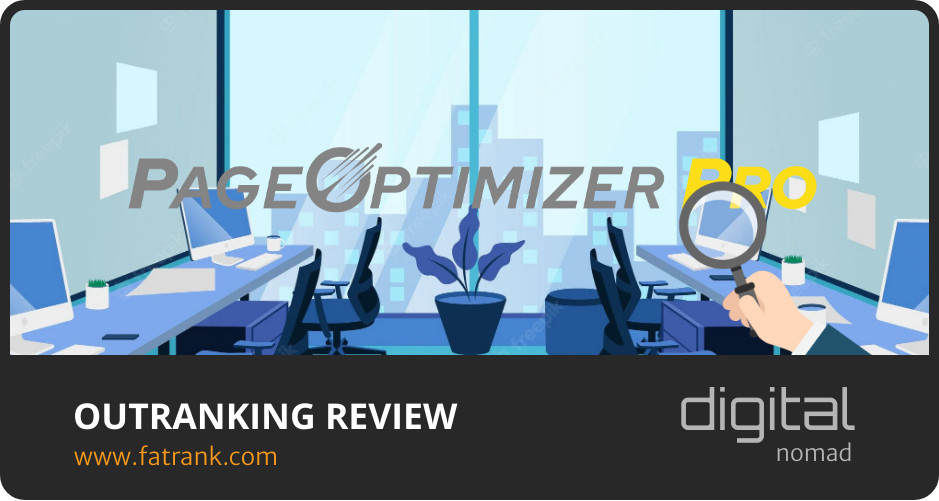
- Page ReWriter Review
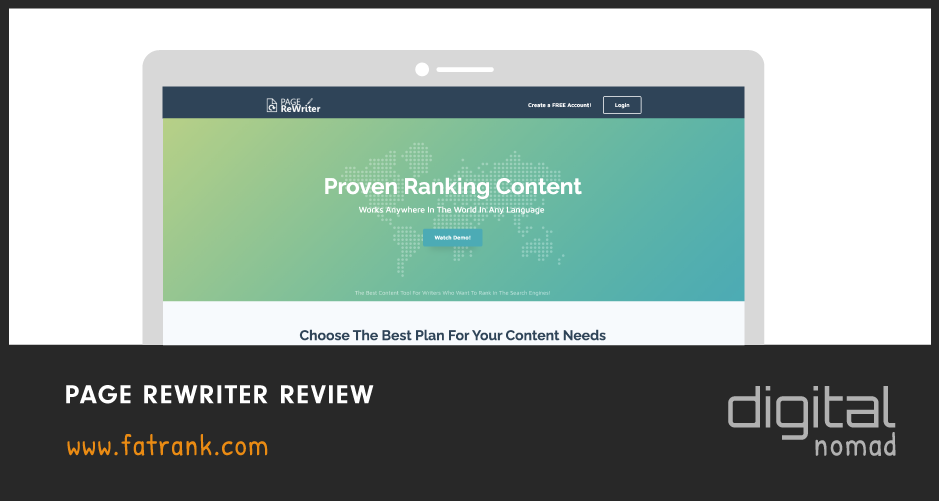
- Passage Ranking

- Progressive Content Optimisation SEO
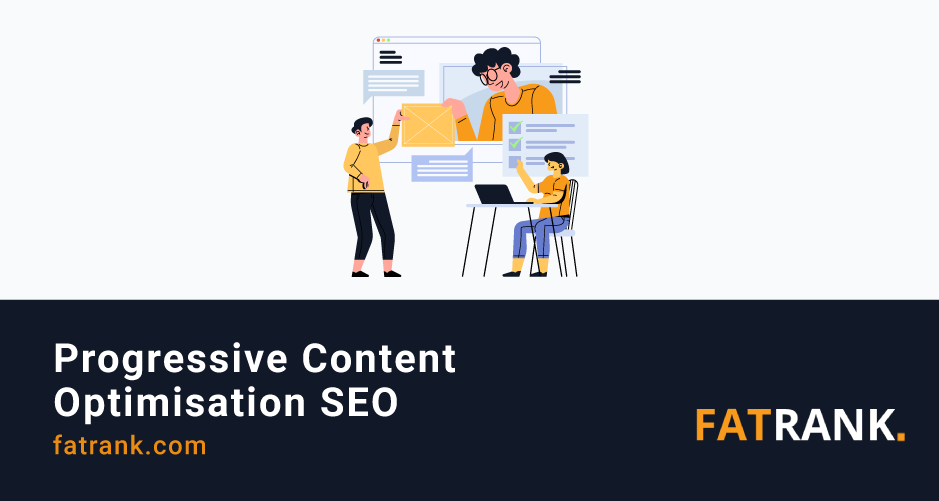
- Search Perspective Frameworks
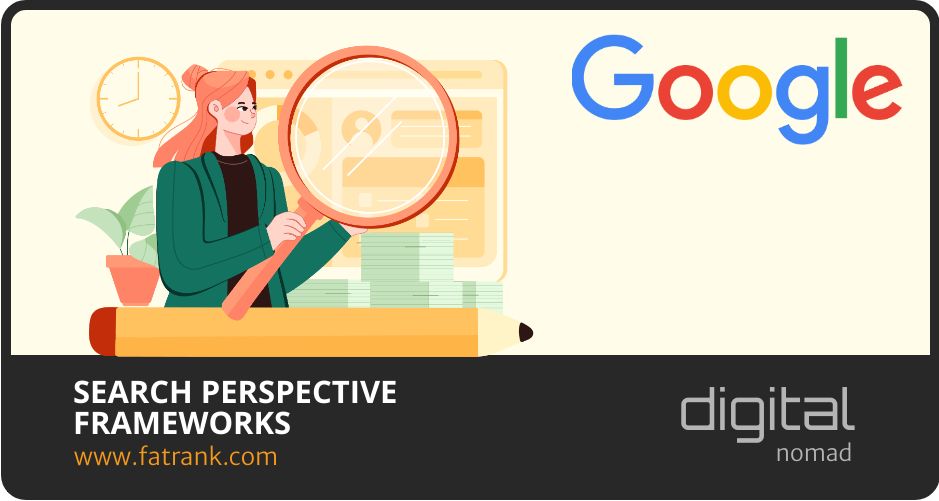
- SEO Avalanche Technique
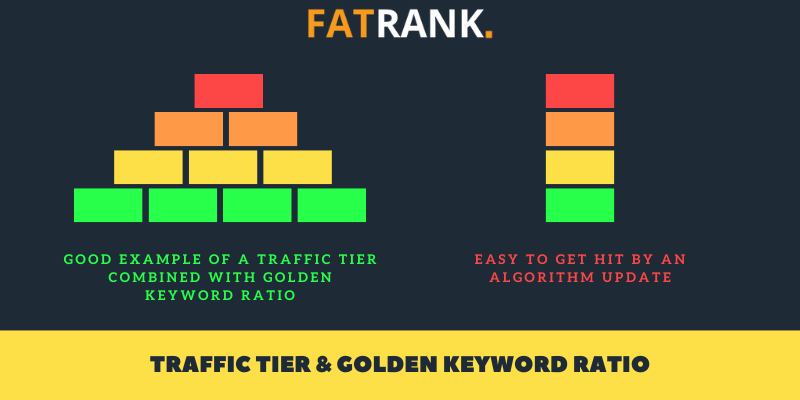
- SEO Content Audit Guide
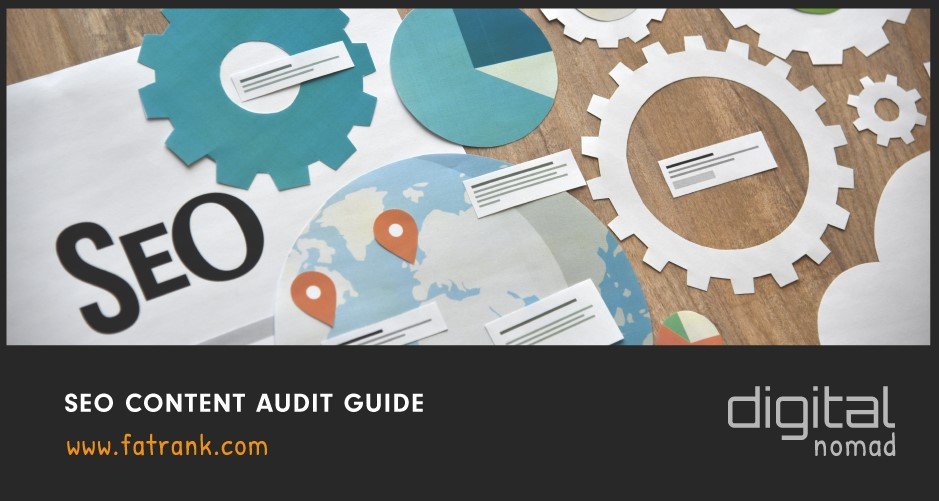
- SEO Content Optimization Tools

- SEO Content Writers

- Silo Internal Linking

- Standalone Content
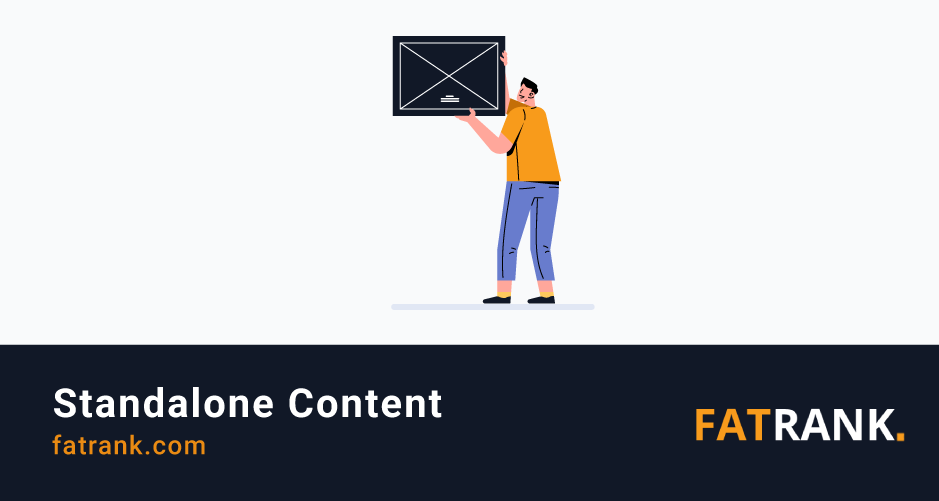
- Stealth AI Writer

- Surfer AI Writer

- Surfer SEO Review
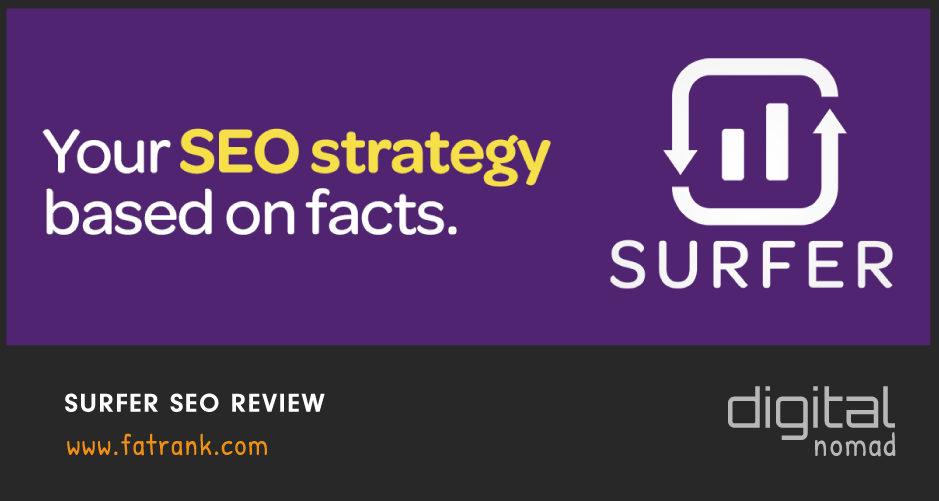
- Text Optimizer

- Text Structure
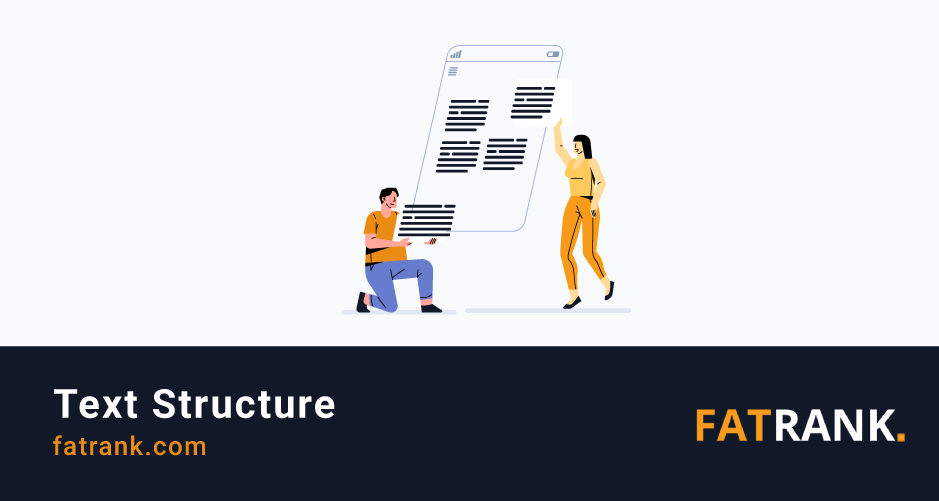
- The SEO Power of Concise Writing

- Topical SEO - Create Supporting Articles

- Use Topic Review
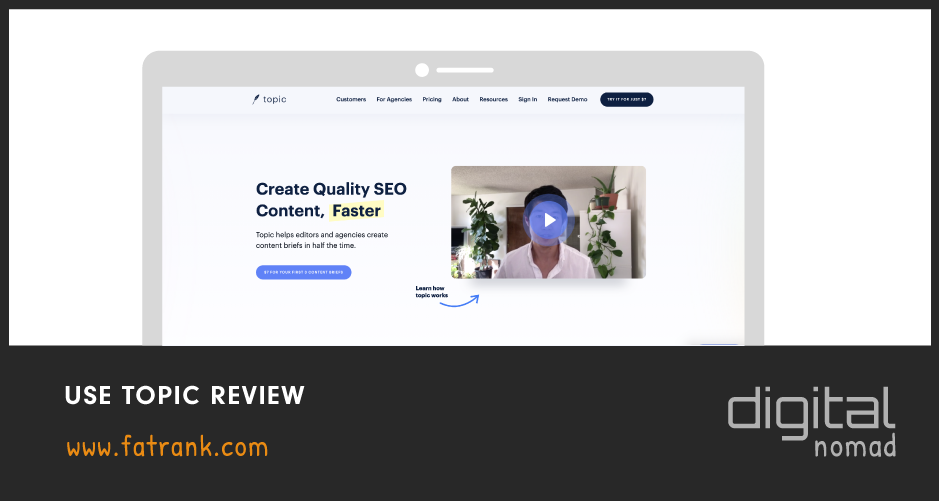
- Website Content Uploader
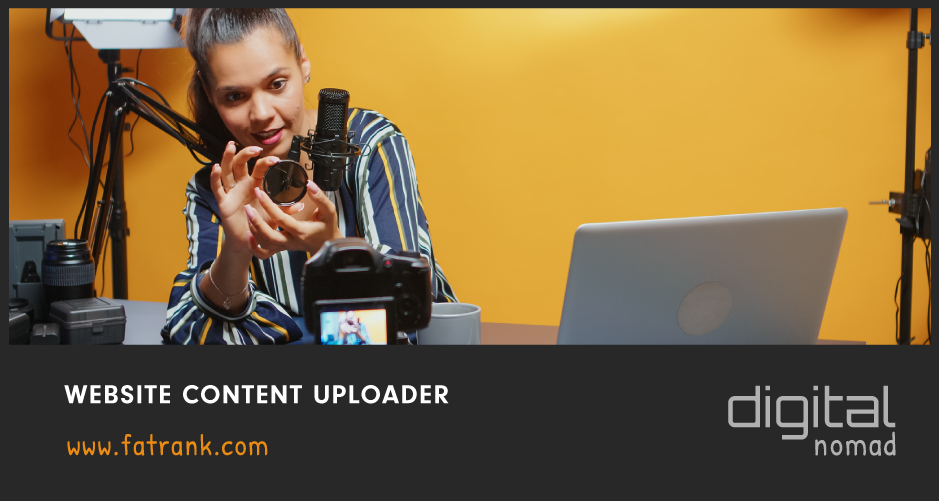
- Why Is Content Veggie The Best AI Content Tool for SEO?

- Workello

The full list shows the various SEO strategies to help your online marketing knowledge grow fast in July 2024.

About FatRank
Our aim to explain and educate from a basic level to an advanced on SEO and Social Media Marketing.
